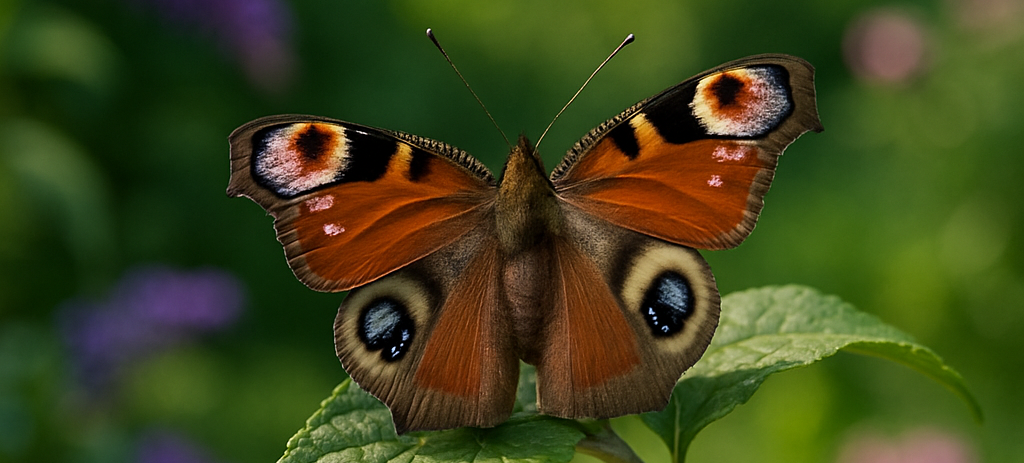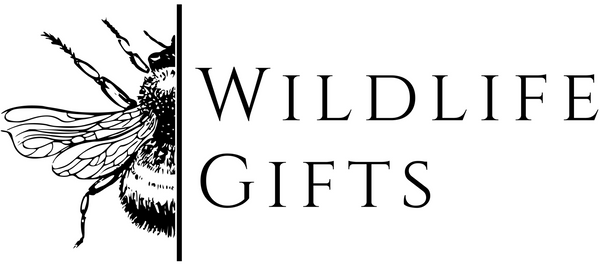
Wildlife to Spot in Late Summer: Garden Visitors and Countryside Highlights
Share
As summer edges toward August, nature puts on one of its most beautiful, fleeting shows. The long days are starting to shorten, hedgerows are heavy with fruit, and wildlife is busily preparing for the changing seasons ahead.
Whether you're in a rural countryside cottage or enjoying a small back garden in town, late summer is full of fascinating wildlife encounters — if you know what to look for.
Here’s a guide to the species most active during late July and August in the UK, where you’re likely to spot them, and how to make the most of this rich and buzzing time of year.
Butterflies on the Wing
Late summer is peak time for some of the UK’s most striking butterflies. Species that have developed through spring and early summer are now feeding and mating before laying the final brood of the year.
Look out for:
- Peacock butterflies with vivid eyespots
- Red admirals, feeding on windfall fruit
- Comma butterflies, often spotted basking in the sun
- Gatekeepers, commonly fluttering through hedgerows
Where to spot them:
Sunny gardens, meadows, bramble patches, and buddleia bushes (known as the butterfly bush for good reason!).
Tip: Keep a small nature notebook to log your sightings — many butterflies are territorial and return to the same spot daily.
Hedgehogs on the Move
By late July, hedgehogs are particularly active as they begin preparing for hibernation season. You'll often spot them at dusk or in the early morning as they forage for insects, worms, and beetles.
Signs of hedgehogs:
- Rustling in borders or under shrubs
- Small black droppings on patios or garden paths
- ‘Hog highways’ — little gaps in fences that allow them to roam
How to help:
Leaving out fresh water and offering hedgehog-friendly spaces (like log piles or compost corners) can make a real difference during this active period.
Bats at Dusk
Late summer evenings are prime time for bat watching. UK bats feed heavily on flying insects — moths, mosquitoes, beetles — which are most plentiful at twilight.
Where to look:
- Flying above hedgerows, ponds, and woodland edges just after sunset
- Around street lamps, which attract insects and bats alike
- Near calm garden areas with water features or flowers
Tip: Sit quietly outside at dusk and watch the sky — their fast, fluttery silhouettes are easy to spot once your eyes adjust.
Young Birds and Garden Activity
While spring is nesting season, summer sees many young fledglings become fully independent. You’ll often see juvenile robins, blackbirds, and goldfinches learning to feed themselves — often a bit clumsy, but fun to watch.
Birds are also beginning to moult, so some may look a little scruffy as they regrow feathers before autumn migration or winter.
Encourage them by:
- Keeping birdbaths full and clean
- Offering sunflower hearts or mealworms
- Avoiding sudden loud noises or lawn cutting when fledglings are in shrubs
Buzzing Pollinators Still Hard at Work
Even as the peak of summer passes, gardens and wildflowers are still alive with the buzz of bees, hoverflies, and other pollinators.
Late-blooming flowers like lavender, echinacea, sedum, and buddleia are vital food sources.
What to watch for:
- Bumblebees nestling into flowers with loud buzzing
- Solitary bees gathering pollen for their final broods
- Hoverflies, which often mimic wasps but are completely harmless
Where to Go and When
You don’t need to travel far to enjoy this late summer wildlife. A few ideas:
- Morning and dusk are best for most sightings
- Try local nature reserves, country lanes, or even your own garden
- National Trust sites often have great walking trails with varied habitats
- Pack a small notebook or pocket wildlife guide for ID help on the go
Final Thoughts: Take Time to Notice
Late summer is often a rush — holidays, back-to-school prep, and seasonal shifts. But amidst the hustle, there’s a stillness in nature that’s worth pausing for. From hedgehogs padding through undergrowth to a red admiral basking on a sunny stone wall, these small moments are easy to miss — but unforgettable once seen.
So take a walk, sit in the garden, or bring a flask and a pair of binoculars to a quiet spot. You never know what you might notice.
